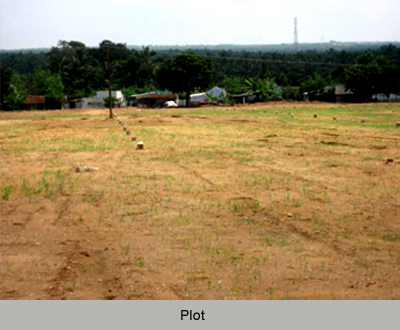 The commencement of peace and prosperity is also dependent on the shape of the plot. Vastu Shastra can guide the interested people with which kind of plot to buy.
The commencement of peace and prosperity is also dependent on the shape of the plot. Vastu Shastra can guide the interested people with which kind of plot to buy.
•A square plot will always be the best choice. If one cannot get hold of a square one then the rectangular plot is the second best choice. Avoid triangular or circular plot as they lead to instability. One should never purchase pentagonal, hexagonal or haphazard plots. And even if it is purchased a square or rectangular part of it should be used and the remaining part should be sold or abandoned or separated by a wall compound.
•A plot that has an extended north-east direction is the best of all plots.
•Plot with extension in the east and the south-east directions may lead to heavy expenses or loss of money.
•Plots that are extended in the east and the south-east directions result in loss of health and bad women and children. Plots with extensions in the south direction of the west and the south directions; south direction of the south and west directions; north and the west directions; north- west corner extending in the north-west direction must definitely be avoided.
•Owning plots of land in these directions will lead to several problems, such as, loss of health, accidents, loss of prosperity and vehicles and others.




















